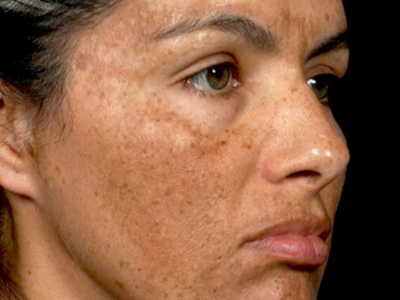Innovations in spot treatment
When we think of spots, the first thing that comes to mind may be melasma, which appears as dark, mask-like areas on the face. In fact, if we look at it as a broad definition, we can see that spots can occur through many different mechanisms.
As a dermatologist, the most common spots I see are melasma or chloasma on the face. While they can be quite bothersome to the individual, they often require long treatment sessions. Among the treatment options, laser spot treatments and combinations with mesotherapy have proven to be quite successful. Enzyme peeling treatments come in second place. The individual's home treatments, skin type, and compliance with the treatment are among the most important factors affecting treatment success.
The second most common type of spots I encounter in the clinic are sunspots. Sunspots can be described as large, round freckles. Once determined to be benign through dermatoscopic examination, it is possible to achieve results with laser treatments in just one session. These spots tend to respond better to treatment.
The most challenging spots are those resulting from incorrect procedures performed at centers or from post-inflammatory hyperpigmentation due to the individual's picking at their skin. In this case, the spots have deepened, which means they respond to treatment more slowly. Pitted scars may also accompany these spots. Laser treatments and mesotherapies can be the primary choices for treatment. Supportive home treatments and sunscreens can also be added.
In summary, the causes of spot formation are varied. As dermatologists, we determine the treatment based on the cause of the spot and the individual's skin color during the initial consultation. The type of laser treatment and the dosages will be determined according to the individual. The intervals between sessions depend on the type of spot and the chosen laser treatment.





